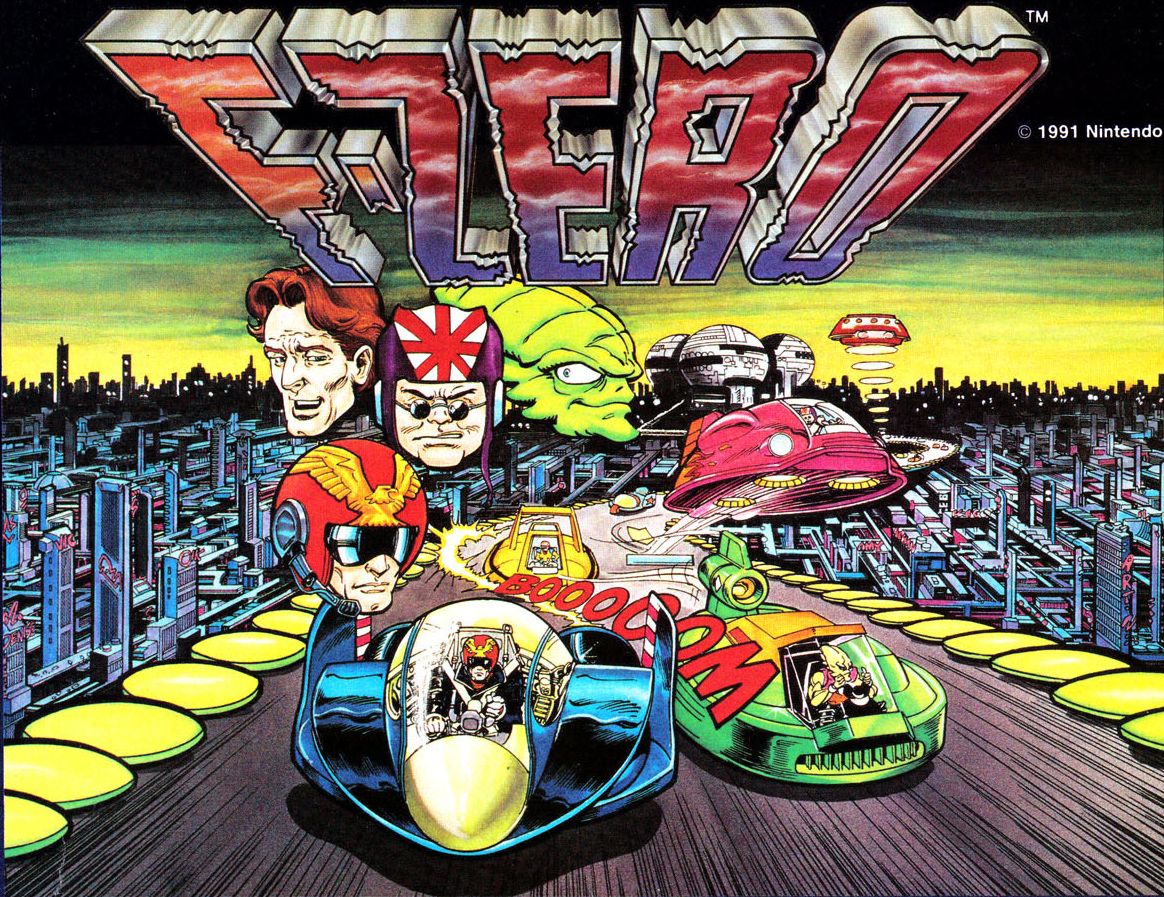3 min to read
F-Zero
F-Zero: High-Speed Racing Thrills on the SNES!

The following is the official SNES retail version of the game.
About the game
F-Zero, a groundbreaking racing game that first graced the Super Nintendo Entertainment System (SNES) in 1990, stands as a testament to the console’s ability to deliver cutting-edge gaming experiences. Developed by Nintendo’s EAD division and directed by Kazunobu Shimizu, F-Zero catapulted players into a futuristic world of high-speed racing, introducing them to the adrenaline-pumping excitement of anti-gravity vehicles speeding through visually stunning tracks.
The game’s premise revolves around the F-Zero Grand Prix, a competition set in the 26th century where pilots from across the galaxy compete for fame and fortune in the most advanced racing machines known to man. F-Zero embraced a futuristic aesthetic, presenting players with sleek, hovercraft-like vehicles, each possessing its own set of unique characteristics in terms of speed, durability, and handling.
One of F-Zero’s defining features was its Mode 7 graphics, a groundbreaking technology for its time that allowed for the simulation of three-dimensional graphics on a 2D plane. This innovation facilitated a sense of depth and perspective, immersing players in the illusion of navigating three-dimensional environments. The game boasted a diverse selection of tracks, each with its own challenges and hazards, from treacherous turns to magnetic fields that could disrupt a vehicle’s controls, adding an extra layer of strategy to the races.
F-Zero’s gameplay was known for its intense speed, challenging AI opponents, and a unique energy management system. Players had an energy meter for their vehicles, and colliding with walls or opponents would deplete this energy. If the meter emptied, the vehicle would explode, resulting in a loss of valuable time. Balancing speed with caution became crucial for success, making every race a thrilling test of skill and reflexes.
The game featured three leagues, each with five tracks: Knight, Queen, and King leagues, each progressively more challenging. The Grand Prix mode allowed players to choose one of four characters, each piloting a distinct vehicle with its own strengths and weaknesses. Captain Falcon, Dr. Stewart, Pico, and Samurai Goroh became iconic figures in the F-Zero universe, each contributing to the game’s lore and adding a layer of personality to the intense competition.
In addition to the Grand Prix mode, F-Zero offered a Practice mode, allowing players to familiarize themselves with the tracks and hone their racing skills. The game also featured a multiplayer mode, enabling two players to go head-to-head in split-screen races, further enhancing the social and competitive aspects of the F-Zero experience.
Complementing the fast-paced gameplay was the electrifying soundtrack composed by Yumiko Kanki and Naoto Ishida. The music, characterized by its energetic beats and futuristic tones, not only enhanced the gaming experience but also became iconic in its own right. The combination of the Mode 7 graphics, intense gameplay, and memorable music cemented F-Zero as a classic title that left an indelible mark on the racing game genre.
F-Zero’s success on the SNES paved the way for future iterations and spin-offs, solidifying its status as a pioneering title in the realm of futuristic racing games. Its impact resonates through the years, with Captain Falcon becoming a beloved character in the Nintendo pantheon and the F-Zero series remaining a staple in discussions about the golden era of video games. Whether revisiting the tracks of Mute City or experiencing the game for the first time, F-Zero continues to capture the hearts of gamers with its timeless blend of speed, skill, and futuristic flair.
Resources
- Cover image credits: https://vgjunk.tumblr.com/image/53454614507